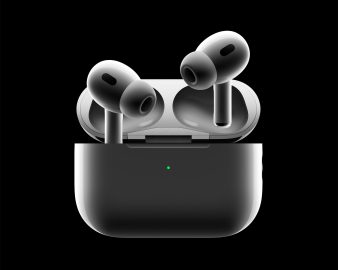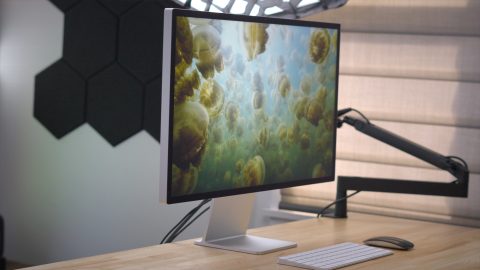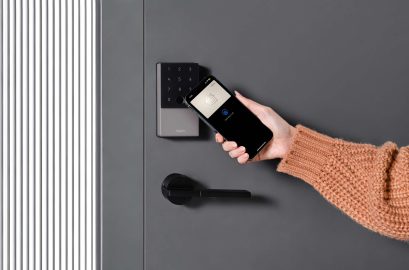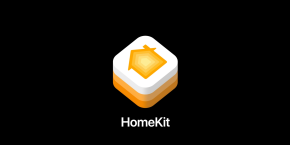
Today is the day that many Sonos and Apple users have been waiting for! This morning, Sonos has launched AirPlay 2 support via a software update that brings HomeKit and Siri functionality. Follow along for how to get your Sonos speakers up and running with AirPlay 2.
If you haven’t heard already, the update brings AirPlay 2 to Sonos’ newest speakers. The list includes Sonos Beam, Sonos Playbase, Sonos One, and the second-gen Sonos Play:5 (any Sonos speaker with touch controls).
However, you’re not out of luck if you have older Sonos products as long as you have at least one of the compatible speakers. Once updated, you can group older Sonos speakers with AirPlay 2 compatible ones.
With Sonos being the first company to offer AirPlay 2 on third-party speakers, its Sonos One at $199 in particular offers a compelling alternative to Apple’s $349 HomePod.
We’ll first take a look at updating the Sonos app and then your Sonos speakers. Head below if you’d like to skip to adding your AirPlay 2 compatible Sonos speaker(s) to the Home app for HomeKit/Siri functionality.
How to update Sonos speakers for AirPlay 2 and HomeKit
- Open Sonos and tap on More in the bottom right corner
- Tap Update which will take you to the App Store to update the app, unless your device has already installed version 9.0
- Open Sonos again, the app should prompt to Check for Updates
- Tap Update to apply the new software to your speaker(s)
- If the update doesn’t install on the first attempt, hit Try Again
- When successful, you’ll see a Use AirPlay with Sonos splash screen
Follow along below for a more detailed walkthrough:

After the update is complete, hit Open or manually head back to the Sonos app.

If you hit any trouble with installing the update to your speakers, just tap Try Again. Once successfully updated, you’ll see the AirPlay splash screen.

You can now play music/media over your Sonos speaker(s) via AirPlay. Open YouTube, Apple Music or another compatible source to test it out!

Look for the AirPlay icon, or in the case of Apple Music, tap the audio source icon ![]() . You’ll now see your Sonos speaker(s) show up in the source list. Once you’ve started playing music via AirPlay, you’ll see a Started from AirPlay in the Sonos app.
. You’ll now see your Sonos speaker(s) show up in the source list. Once you’ve started playing music via AirPlay, you’ll see a Started from AirPlay in the Sonos app.
At this point you can group other non-AirPlay 2 Sonos speakers with the supported one, as shown below.

Now you’ll have control of all the speakers via your Lock screen or Control Center. Note that there have been some changes when it comes to Lock screen control for AirPlay 2 enabled Sonos speakers.
Following Sonos version 9.0, if you have an AirPlay capable device in your household with AirPlay enabled, it will no longer be possible to control your Sonos system from the lock screen of your iPhone or iPad when using the Sonos App to initiate playback.
Read more here for specifics on how it works for various setups.
How to enable HomeKit and Siri control on Sonos speakers
- Open the Home app
- Tap + icon in the top right corner
- Tap Add Accessory
- Choose Don’t Have a Code or Can’t Scan
- Tap the Sonos speaker you’d like to add

If you’d like to avoid a using the default naming, like “Default Room – Kitchen” you can edit both the speaker name and location as shown below.

You’re now all set to use Siri commands to play music on your Sonos speakers! 😎 You can also ask Siri to play music in multiple locations that include AirPlay 2 supported speakers.

You can find Sonos’ support document on using AirPlay 2 here.
Check out 9to5Mac on YouTube for more Apple news:
FTC: We use income earning auto affiliate links. More.








Comments